
Political advertising on the internet and on television in 2020 is a billion dollar industry. But back in 1972, it was still finding its footing and due to a best selling book on the subject—The Selling of the President—a decision was made to turn it into a Broadway musical. I was an eyewitness to one of its eleven public performances, which I report on in today's "Theatre Yesterday and Today."
In 1968, during Richard Nixon’s campaign for the presidency (that he won in a squeaker against Hubert Humphrey), journalist Joe McGinniss followed candidate Nixon on the campaign trail and wrote a book the following year called The Selling of the President. A huge success, it made the 26-year-old McGinniss the youngest living writer to ever make the New York Times best seller list at that time. The book chronicled the marketing and branding of Richard Nixon, a relatively new way to sell a candidate, mostly the brainchild of a guy roughly the same age as McGinniss— Roger Ailes — who, as we all know, eventually became the power behind Fox News until his downfall due to his serial sexual harassment, ending in his resignation and subsequent quick death.

With all that’s going on right now with #45, I’ve been thinking a lot about an unlikely Broadway musical that was loosely based on this book and produced three years after its publication. Also titled The Selling of the President, it opened on Thursday March 22, 1972 (closing Saturday, March 25th), the victim of unanimously negative reviews. A sampling:
“The Selling of the President has an absolutely great idea for a musical. Someone should have written book, lyrics and music for it.” — Clive Barnes New York Times.
“A nuisance and a shambles… I found the prospect of returning for the second act unbearable.” — Martin Gottfried, Women’s Wear Daily.
“It struck me as typical of the show’s lack of expert use of its possibilities that Karen Morrow, one of the best song-belters this side of Ethel Merman, isn’t given a number.” — Richard Watts, New York Post.
On this point, Watts is entirely correct. The shooting-in-the-foot notion of hiring a singer of Morrow’s abilities and having her play a non-singing role made for dashed expectations for anyone who saw the show. “When are they going to let her sing?… Oh, they aren’t. Well, that’s … strange.

I attended its second-to-last performance at the March 25th Saturday matinee and, would you believe?... The fifteen-year-old me liked it!
"A very funny and exciting spoof of how powerful the television media really is." - Ron Fassler
Politically-minded and well versed in all-things Nixon, I liked the overall concept, even if it was flat-footed in its execution. Instead of basing it on Nixon, it created a fictitious midwestern Senator running for President, George W. Mason, and in musical form, told the story of how he was packaged (literally) as a presidential candidate. Not only did Karen Morrow not sing in her role as a Kellyanne Conway-type, but neither did the actors playing Mason and his wife — Pat Hingle and Barbara Barrie. All the musical numbers were political jingles that we saw as commercials and were sung by the chorus.
Making his Broadway debut in this show was the future Tony winner John Glover. When I spoke with him for my book, Up in the Cheap Seats, we hit on The Selling of the President and the passing of so many years in no way diminished his memories:
John Glover: "We were in Philadelphia at the Shubert, which is when they let Bob Livingston go and Jack O’Brien took over directing. One night, there were two guys in the front row and after Karen Morrow came out for her bow, she came backstage and said, “One of those guys yelled to me, ‘You’d better get a song for New York, honey!' That was a painful experience. All those great singers were in that show, Pam Meyers and what’s-her-name … you know, the Texas girl who was in Cats."
Ron Fassler: Betty Buckley?
JG: She was at the first read-through. We broke for lunch, and we came back to start rehearsing and there was no more Betty Buckley!
R: They let her go?
J: Oh, I don’t think so. I’m sure she went and called her agent and said, “Get me out of this, I’m not going back!”

We all have to start somewhere, and for Jack O’Brien, this show marked this fine director’s ignominious Broadway debut in a career that is, happily still going strong nearly fifty years later (he was most recently represented on Broadway by the 2019 revival of All My Sons, starring Annette Bening and Tracy Letts). Originally signing on as co-book writer and lyricist, as John Glover stated, O'Brien found himself taking over the show, although anonymously. For the record, The Selling of the President is one of the very few Broadway shows to have no director listed in its opening night Playbill. Of course, O’Brien went on to much greater glory, as a two-time Tony winner for Shakespeare’s Henry IV, Parts 1 and 2 and Hairspray.

Having seen Selling of the President nearly half a century ago, there was one moment that I remember clear as day. It was the final image, when having won the presidency, Mason and his wife are at their inaugural, dressed in all their finery, and suddenly a giant lucite box came down from the flies, encasing them. It was stamped “MADE IN U.S.A.”, proof of their ultimate packaging. I know … it’s heavy-handed, but as a teenager, I found it a really stirring image.

One of the great things about going to the theatre as a teenager at the pace and volume I did (mostly due to the average cost being around $3), was that I was able to form my own opinions. I can’t recall when a critic had the ability to sway my take on a show one way or the other. It’s served me well to this day, although in all honesty, I’m no longer up in the cheap seats. And as we all know, they ain’t so cheap anymore.
If you enjoy these columns, check out Up in the Cheap Seats: A Historical Memoir of Broadway, available at Amazon.com in hardcover, softcover and e-book. Also sign up to follow me here, and feel free to email me with comments or questions at Ron@ronfassler.org.

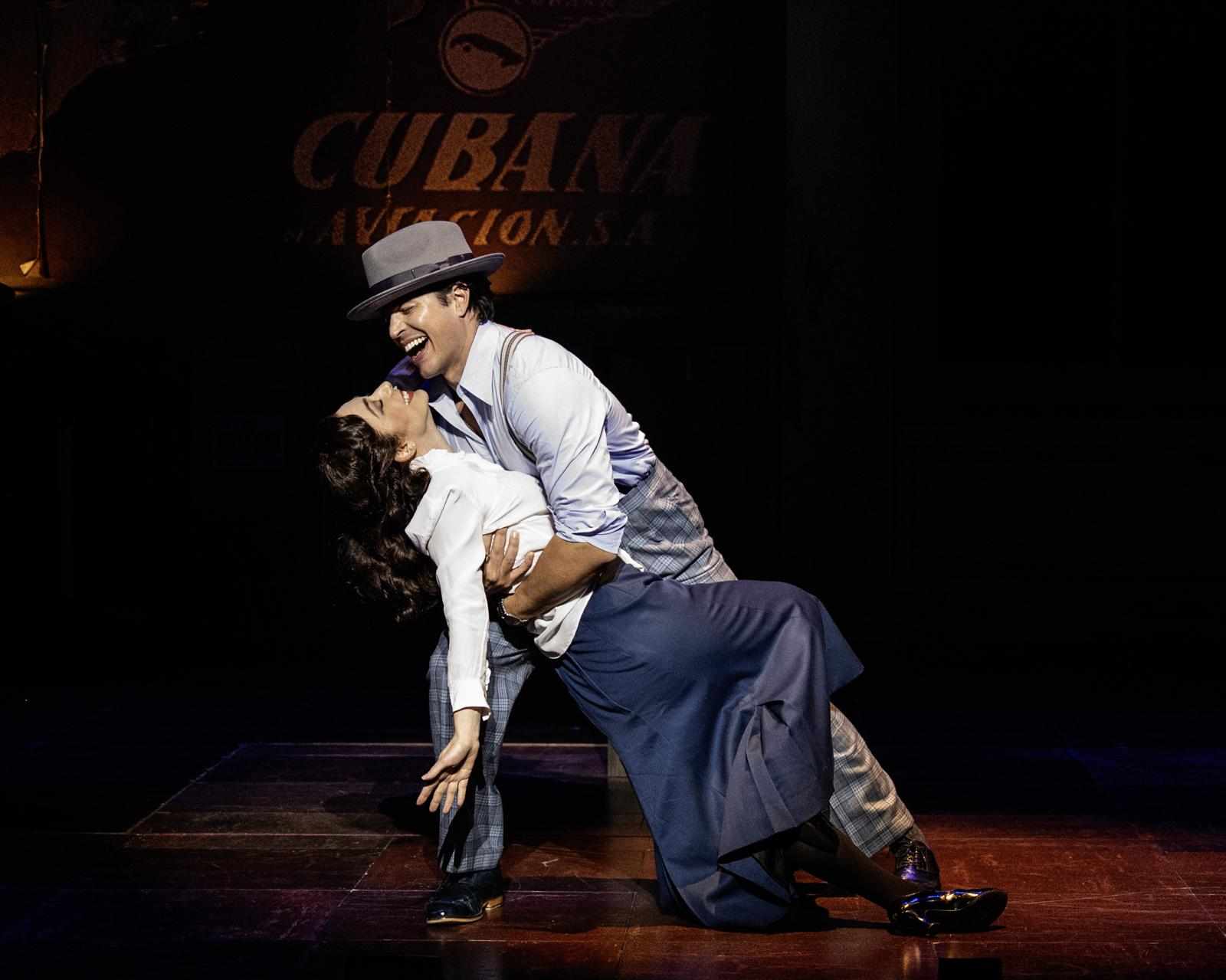
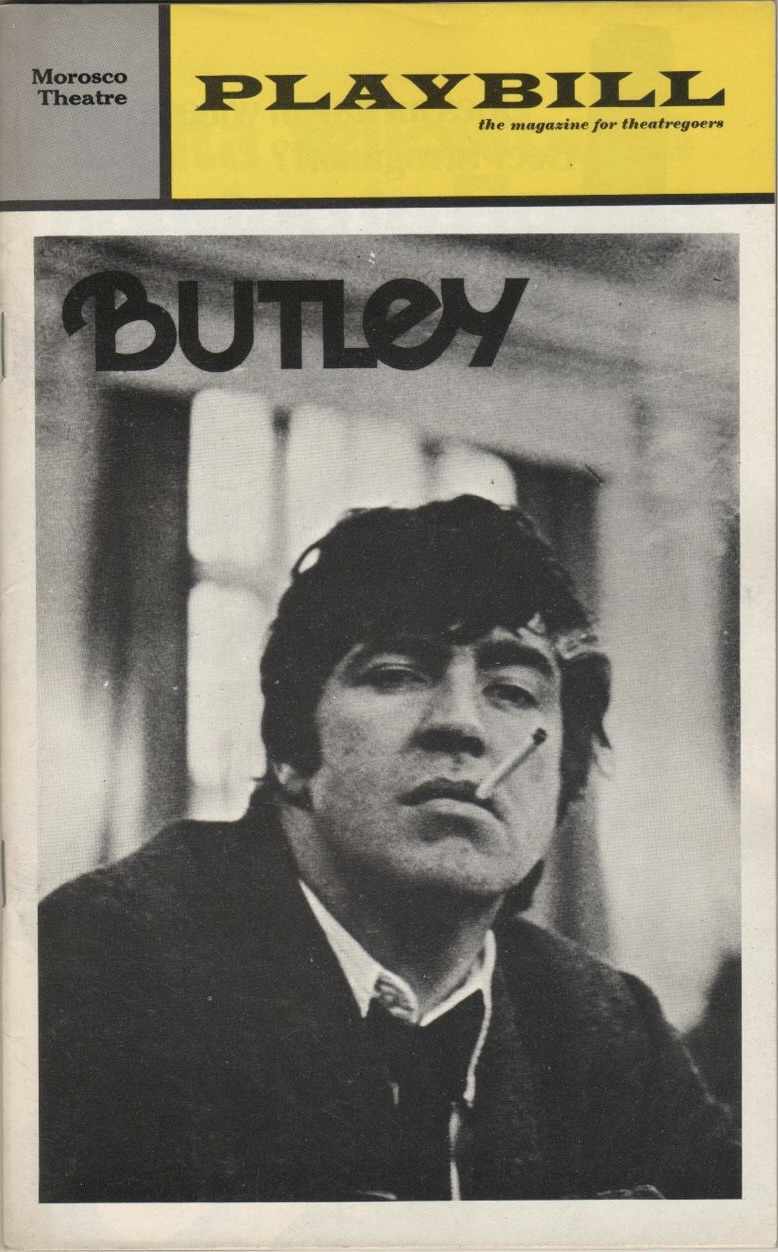
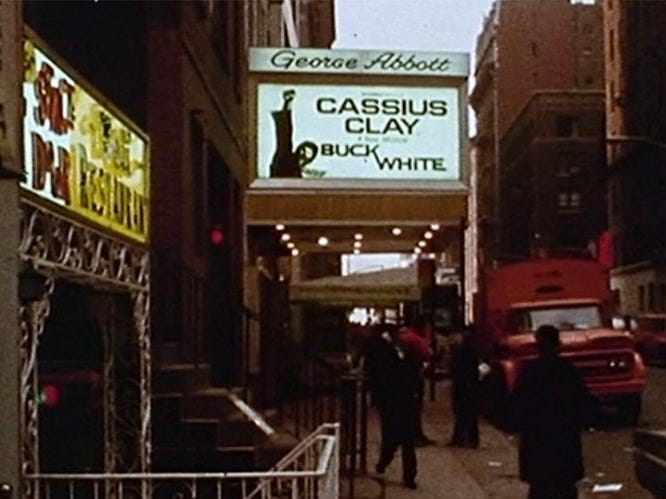

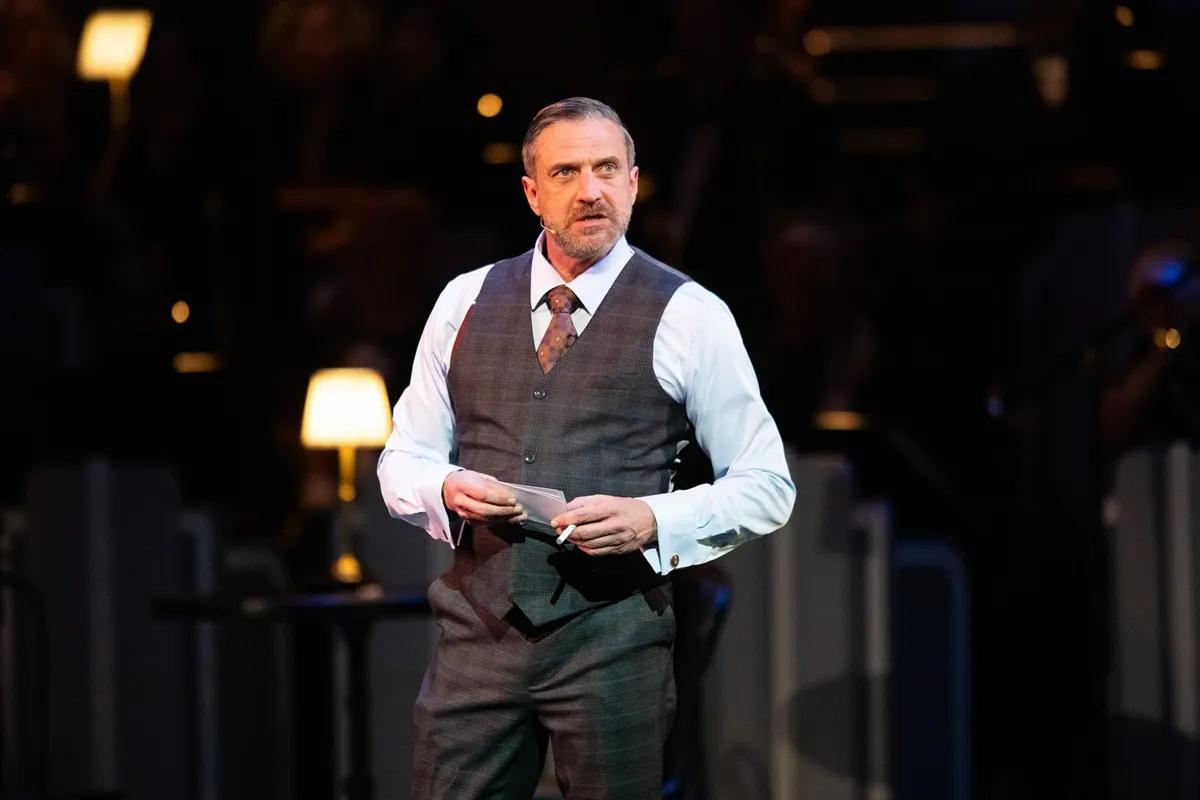

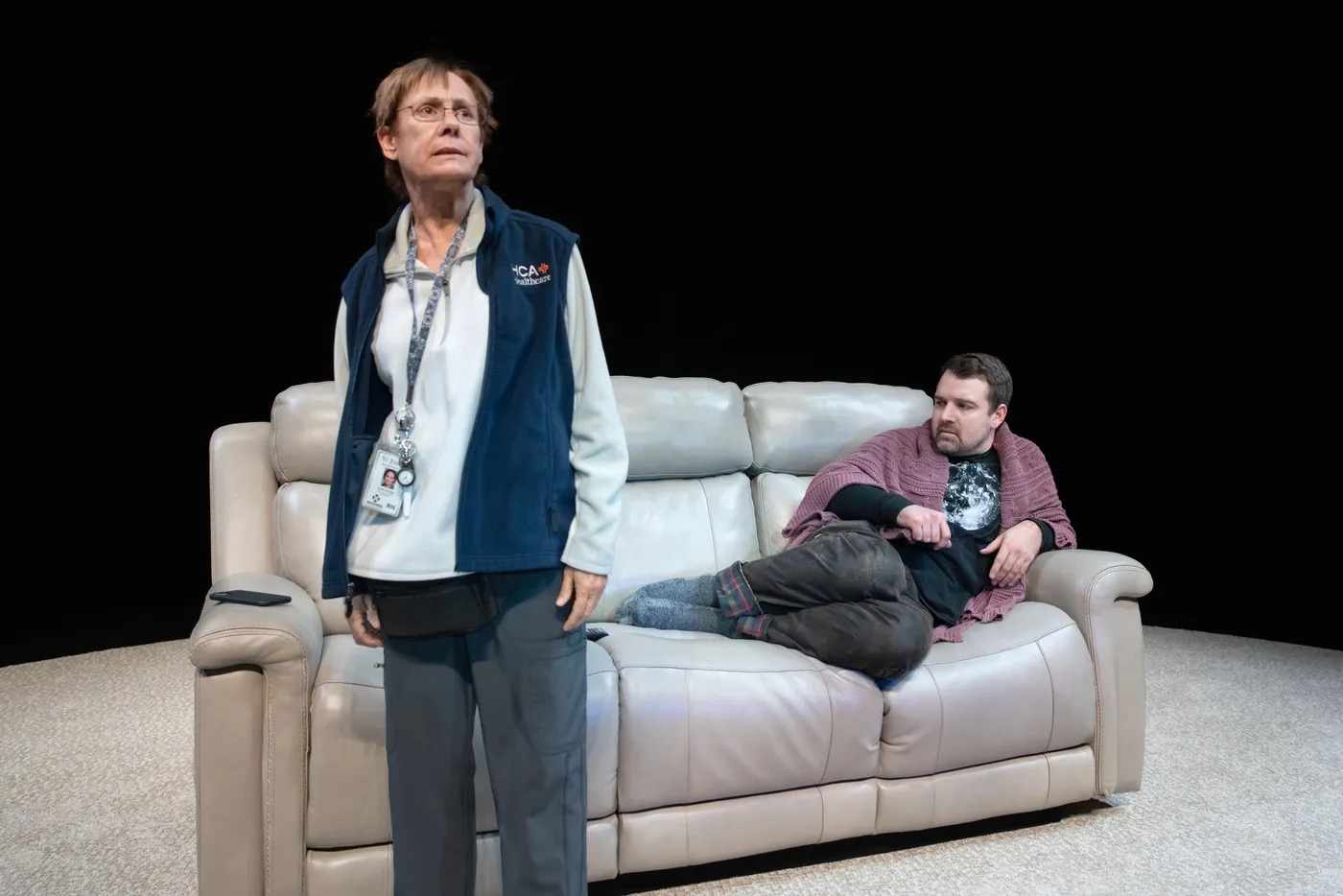


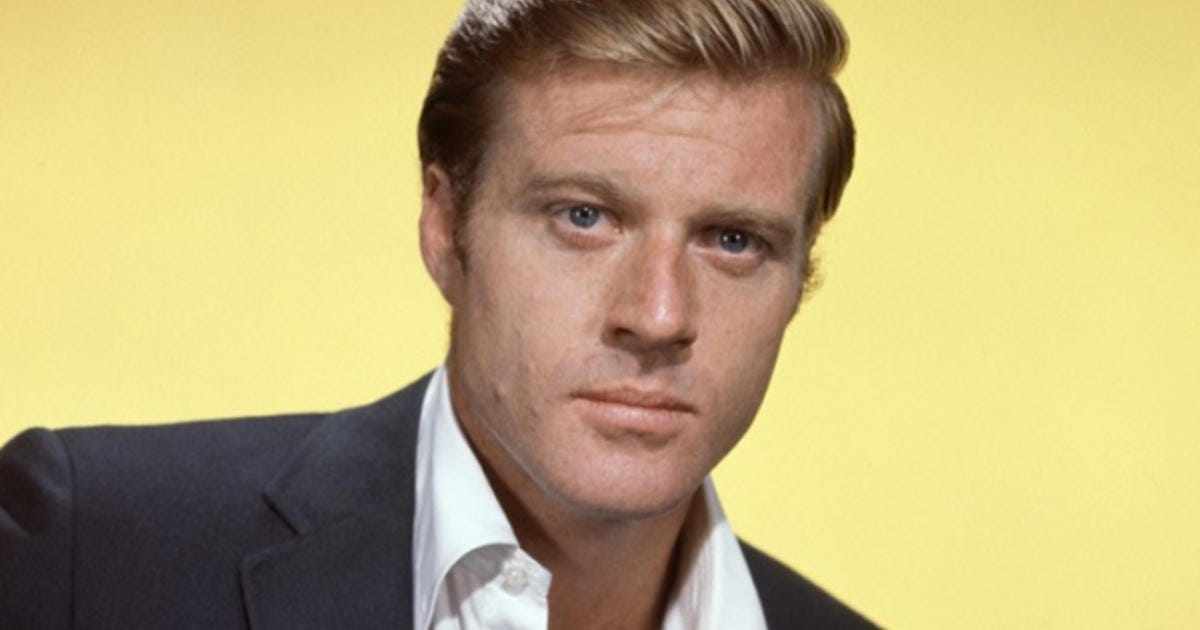
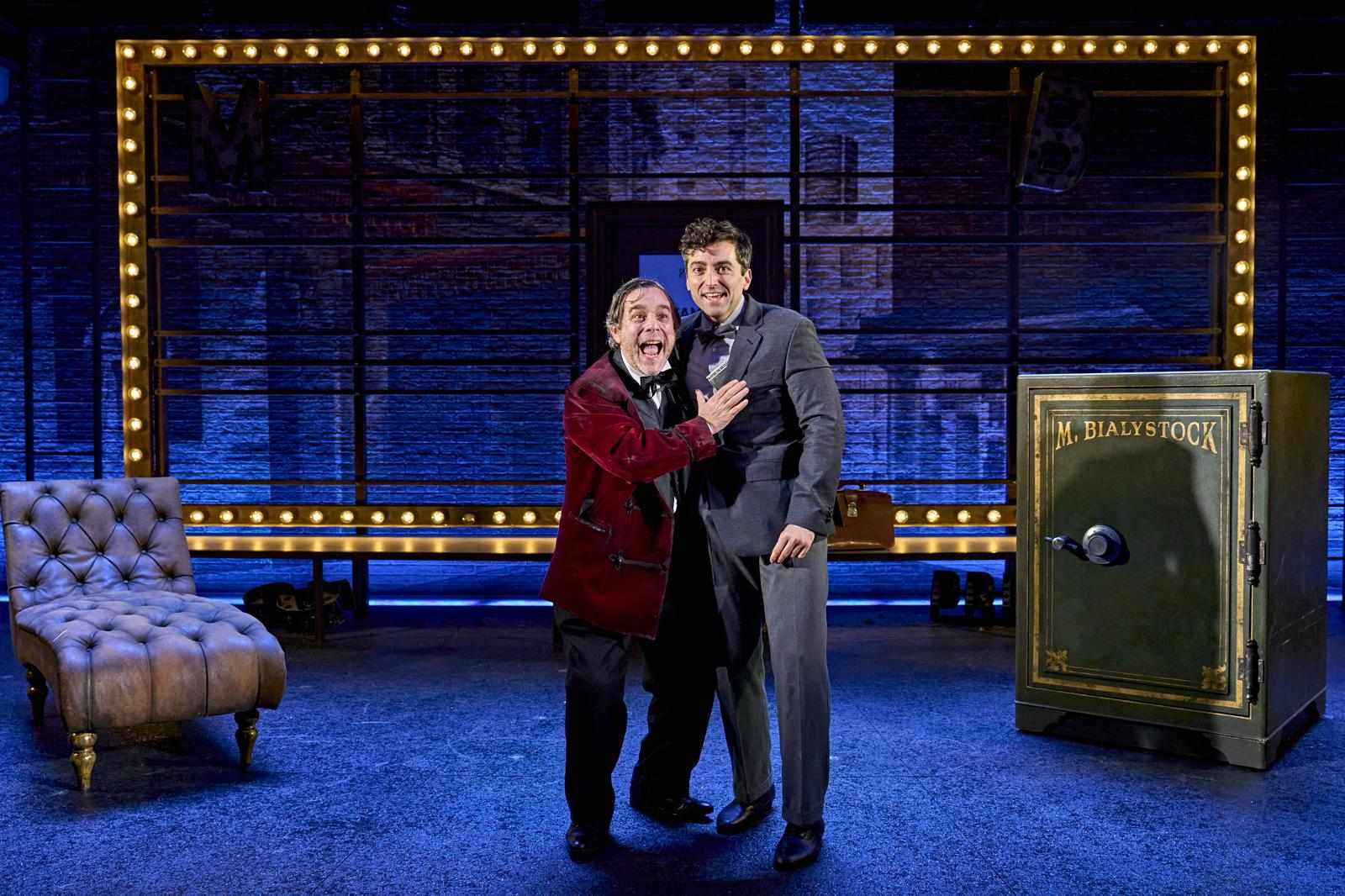
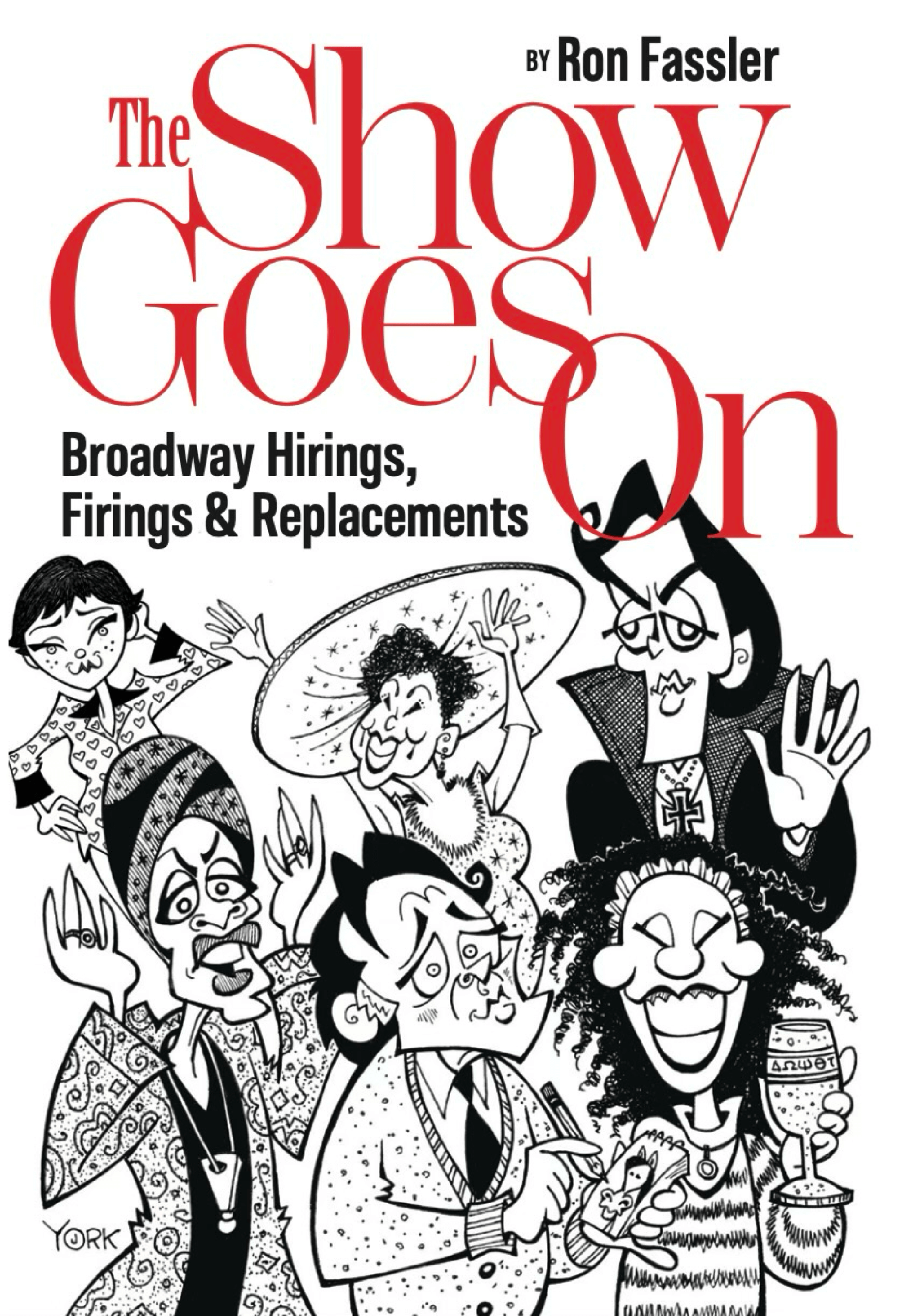

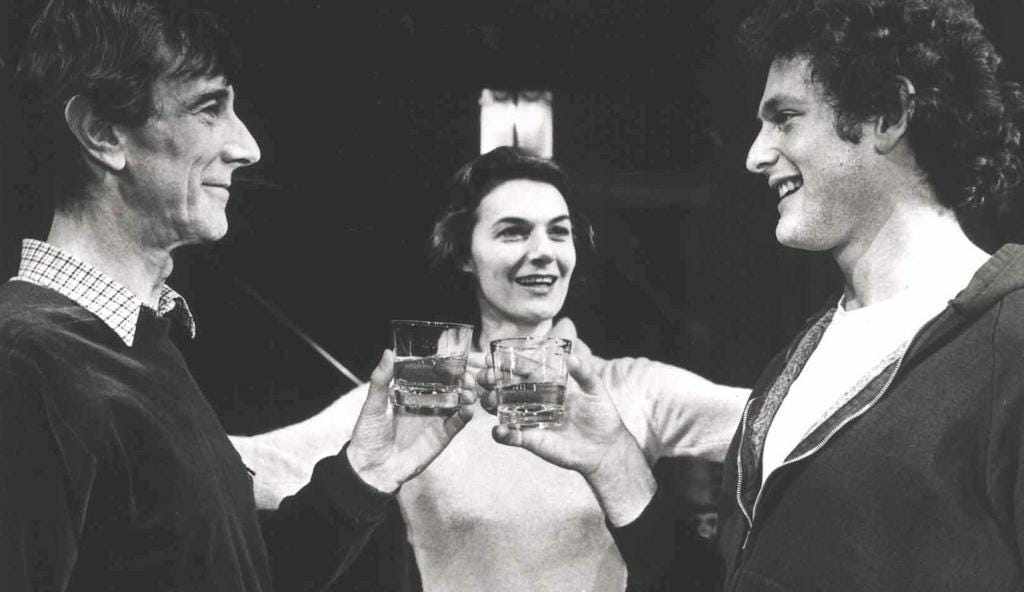





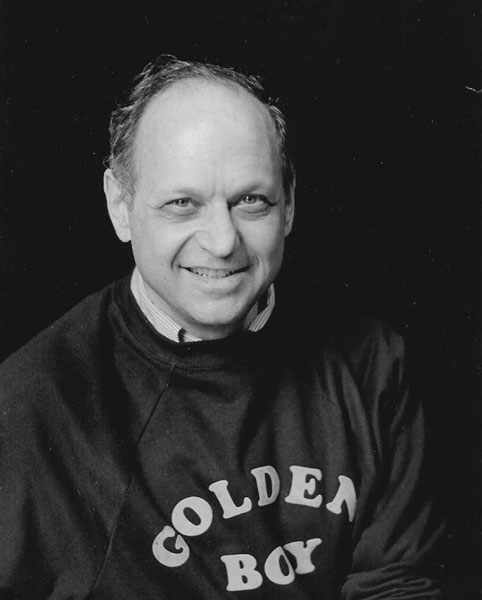
Write a comment ...